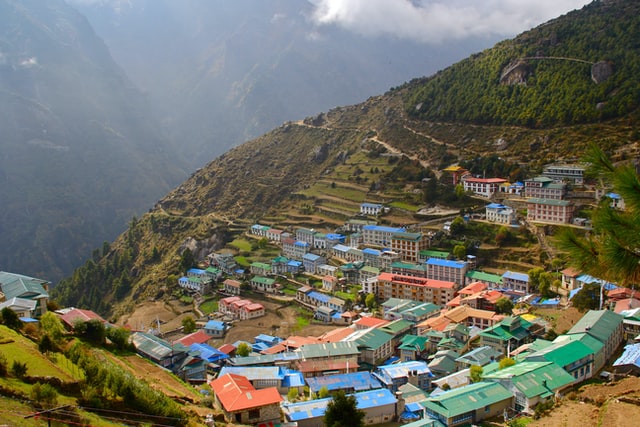Today , as per Nepal Rashtra bank there are just 5958 branches and 4254 ATMS branches in Nepal serving 28.6 Million people. Despite recent efforts of central bank to drive financial inclusion, the number of bank branches have only grown 18 per 100,000 adults, covering 745 out of 753 districts. The inadequate banking infrastructure leads to under penetration of banking/financial inclusion in major sections of Nepali population with only 61% having access to banking accounts as per a recent NRB Report. The situation becomes more worrisome if we look at this data from rural and urban vision. Rural Nepal with 10.79 Million population has only 2.89 Million Accounts while Metro’s with 3 Million Populations have 9.55 Million Accounts.
Key elements for bank branching infrastructure development are:
- Affordability : With high cost of branch operations, it is not viable to run bank branch operations in remote corners of Nepal
- Access : Rural population has to spend significant resources in travel to nearest bank branches and this dissuades from use of banking services
- Utility : Lack of education is another key drivers which limits customers’ ability to use these services
“A recent NRB reports believed that average travel time to a bank Branch is 16 minutes in urban area, and where as in rural area it is as high as 135 minutes”
The challenges of financial inclusion have been addressed in developing economies using Mobile Money as a medium. In a mobile money ecosystem , the power of mobile ( 100% penetration) , Agent access ( 250 for every 100,000 people) and modern financial technologies come together to enable vast populations to be brought to mainstream of payments, savings and credit, for example EcoCash serves over 80% of Zimbabwe’s adult population (people who are 15+). Zimbabwe has around 14 Million people, where 8.6 Million are adult (15+). EcoCash has roughly between 7 to 8 Million customers. In FY 19-20 of EcoCash, 35% by value and 82% by volume of transactions within the entire financial sector were operating through EcoCash.
We believe with the advent of Mobile Money, significant portions of Nepal population will be able to harness the power mobile money to access financial systems. Fast forward to 2025 , and Nepal financial ecosystem is likely to be transformed with nearly 90% of the adult population having access to modern payments methods (e-Sewa, IME pay, Khalti, NDPC etc.) and financial instruments. Nepal is gearing up for a big financial transformation!






